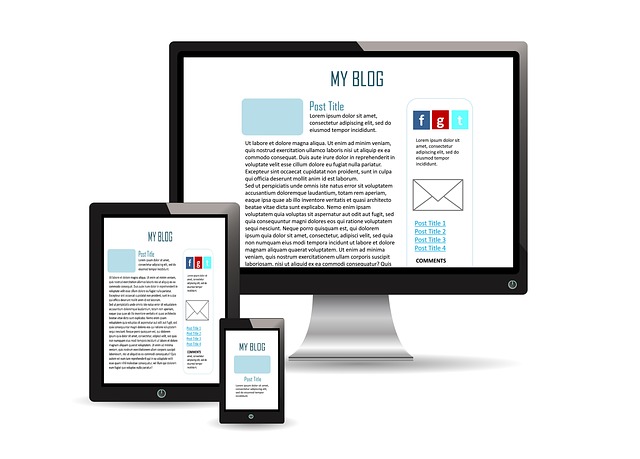
Surely the idea of a blogroll has missed some of you today. The early age of the Internet after the dot-com bubble burst ushered users into the participatory ‘Web 2.0’ era. This was also the time when internet users began collaborating and sharing content and ideas through wikis, social networking, blogs, and so on. In particularly with the blogs there is a small but significant feature called the ‘blogroll’ which is a collection of useful links, not exclusive to blogging per se, but the act of ‘
The Idea of Blogrolling
A blogroll makes it easier for like-minded blogs to thrive in a diverse Internet ecosystem. The newspaper media has changed the culture of blogging by transforming the platform into a content management system but there are other individuals who utilize their blogs in delivering content that’s relevant to the specified markets. I, being one of those individuals, look at blogging as a means of connecting a majority of design enthusiasts in developing a close relationship with the principles of human-centred design, and the cultures which are being invariably influenced by the advent of technology. For me, personally, I think blogrolling would help me to connect with other individuals who believe in fundamentally reciprocating my thoughts and acknowledging each other’s commitment to their respective streams of thought and audiences. In a nutshell, it’d help to create a community, exchange thoughts and ideas, and build a rapport with the hidden world.
What’s a Blogroll?
A blogroll is a list of links provided on a blog to other websites, especially to other blogs or sites with regularly updated content. It helps blog authors to establish and build a blogger community a
lthough in Web 1.0 terminology, a blogroll would be equivalent to a list of hyperlinks on a personal Web page.
Reviving The Blogroll
Needless to say, but I was once a part of a thriving community of designers and it was the most enriching experience of my life. That reality was permanently altered by social media, although social networking alone has significantly connected people more than ever before it has also become synonymous with sharing content en masse at the cost of sacrificing privacy. It might have also affected our ability to produce meaningful content and the frequency with which we produce such content. Blogrolling aims in not just connecting bloggers but also to motivate them in continuing to publish fresh and content on a range of intellectual topics. Hopefully, in the near future, the blogroll feature would make an emphatic comeback and it’d exist on this website too. And someday we might judge our websites on the basis of who’s listed on our respective blogrolls.



